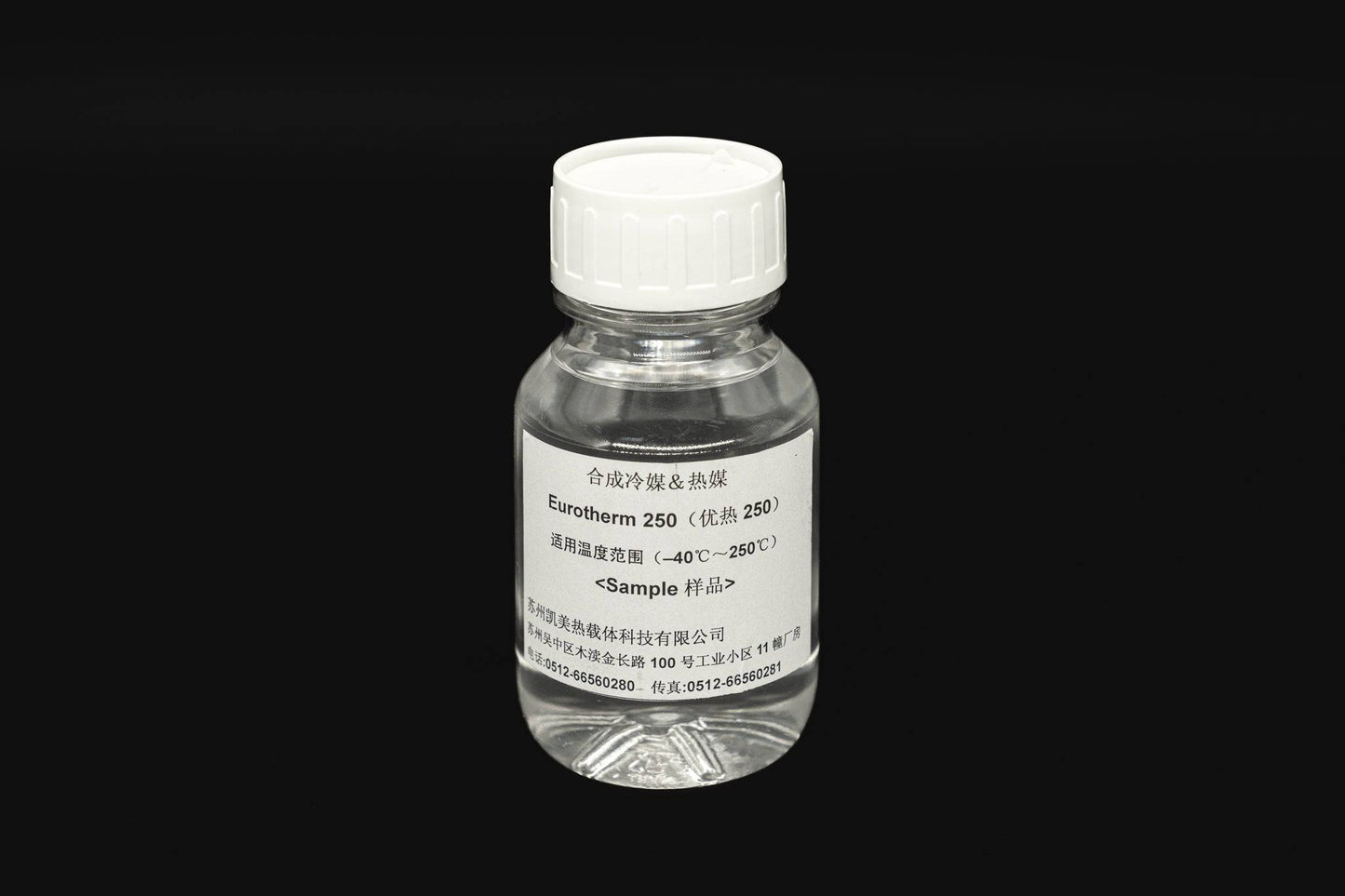Facts About Chemie Revealed
Wiki Article
Some Of Chemie
Table of ContentsThe smart Trick of Chemie That Nobody is Talking AboutChemie for DummiesChemie for BeginnersGet This Report about ChemieThe smart Trick of Chemie That Nobody is DiscussingGetting My Chemie To Work
By Bojanna Shantheyanda, Sreya Dutta, Kevin Coscia and David SchiemerDynalene, Inc. Liquid air conditioning, which can be achieved using indirect or direct methods, is made use of in electronic devices applications having thermal power densities that may exceed secure dissipation via air cooling. Indirect liquid air conditioning is where warm dissipating digital components are literally divided from the fluid coolant, whereas in case of straight air conditioning, the parts remain in straight call with the coolant.However, in indirect air conditioning applications the electric conductivity can be important if there are leakages and/or spillage of the liquids onto the electronics. In the indirect air conditioning applications where water based fluids with rust inhibitors are normally made use of, the electrical conductivity of the fluid coolant primarily depends on the ion focus in the fluid stream.
The increase in the ion focus in a shut loop liquid stream may happen as a result of ion seeping from steels and nonmetal elements that the coolant fluid is in call with. During procedure, the electric conductivity of the fluid might increase to a degree which could be damaging for the air conditioning system.
Some Known Questions About Chemie.
(https://myspace.com/chemie999)They are bead like polymers that can exchanging ions with ions in a service that it is in call with. In today work, ion leaching tests were carried out with different metals and polymers in both ultrapure deionized (DI) water, i.e. water which is dealt with to the greatest levels of pureness, and low electrical conductive ethylene glycol/water combination, with the determined change in conductivity reported over time.
The samples were permitted to equilibrate at room temperature for 2 days before tape-recording the preliminary electrical conductivity. In all examinations reported in this research study liquid electric conductivity was measured to an accuracy of 1% utilizing an Oakton disadvantage 510/CON 6 series meter which was adjusted prior to each measurement.
Rumored Buzz on Chemie
from the wall surface home heating coils to the center of the heating system. The PTFE example containers were put in the furnace when constant state temperatures were reached. The examination setup was eliminated from the heating system every 168 hours (7 days), cooled to area temperature with the electrical conductivity of the fluid gauged.The electric conductivity of the fluid example was kept track of for an overall of 5000 hours (208 days). Schematic of the indirect closed loop cooling experiment set up. Components utilized in the indirect shut loop cooling experiment that are in call with the fluid coolant.

What Does Chemie Mean?
During procedure the liquid tank temperature level was maintained at 34C. The adjustment in fluid electric conductivity was kept track of for 136 hours. The liquid from the system was gathered and saved. Closed loop test with ion exchange resin was carried out with the same cleaning treatments employed. The first electrical conductivity of the 230ml UP-H2O in the system measured 1.84 S/cm.
0.1 g of Dowex material was included in 100g of fluid examples that was absorbed a separate container. The mixture was stirred and change in the electric conductivity at room temperature was gauged every hour. The measured modification in the electric conductivity of the UP-H2O and EG-LC test fluids including polymer or metal when engaged for 5,000 hours at 80C is shown Number 3.
The smart Trick of Chemie That Nobody is Discussing
Ion leaching experiment: Measured adjustment in electrical conductivity of water and EG-LC coolants including either polymer or metal samples when immersed for 5,000 hours at 80C. The results indicate that steels added fewer ions into the fluids than plastics in both UP-H2O and EG-LC based coolants.Liquids consisting of polypropylene and HDPE exhibited the lowest electric conductivity changes. This can be because of the brief, inflexible, direct chains which are less likely to add ions than longer branched chains with weaker intermolecular pressures. Silicone likewise performed well in both test fluids, as polysiloxanes are typically chemically inert because of the high bond power of the silicon-oxygen bond which would certainly stop destruction of the product right into the liquid.
Our Chemie Diaries
It would be anticipated that PVC would produce comparable results to those of PTFE and HDPE based on the similar chemical structures of the materials, however there may be other contaminations existing in the PVC, such as plasticizers, that may affect the electrical conductivity of the fluid - silicone synthetic oil. Furthermore, chloride groups in PVC can additionally leach into the test fluid and can create a rise in electric conductivityBuna-N rubber and polyurethane showed signs of degradation and thermal disintegration which recommends that their possible energy as a gasket or glue material at greater temperatures might bring about application problems. Polyurethane completely broke down right into the test fluid by the end of 5000 hour test. Number 4. Prior to and after photos of metal and polymer samples immersed for 5,000 hours at 80C in the ion leaching experiment.
Measured modification in the electrical conductivity of UP-H2O coolant as a feature of time with and without material cartridge in the shut indirect air conditioning loop experiment. The measured modification in electric conductivity of the UP-H2O for 136 hours with and without ion exchange material in the loop is revealed in Number 5.
Report this wiki page